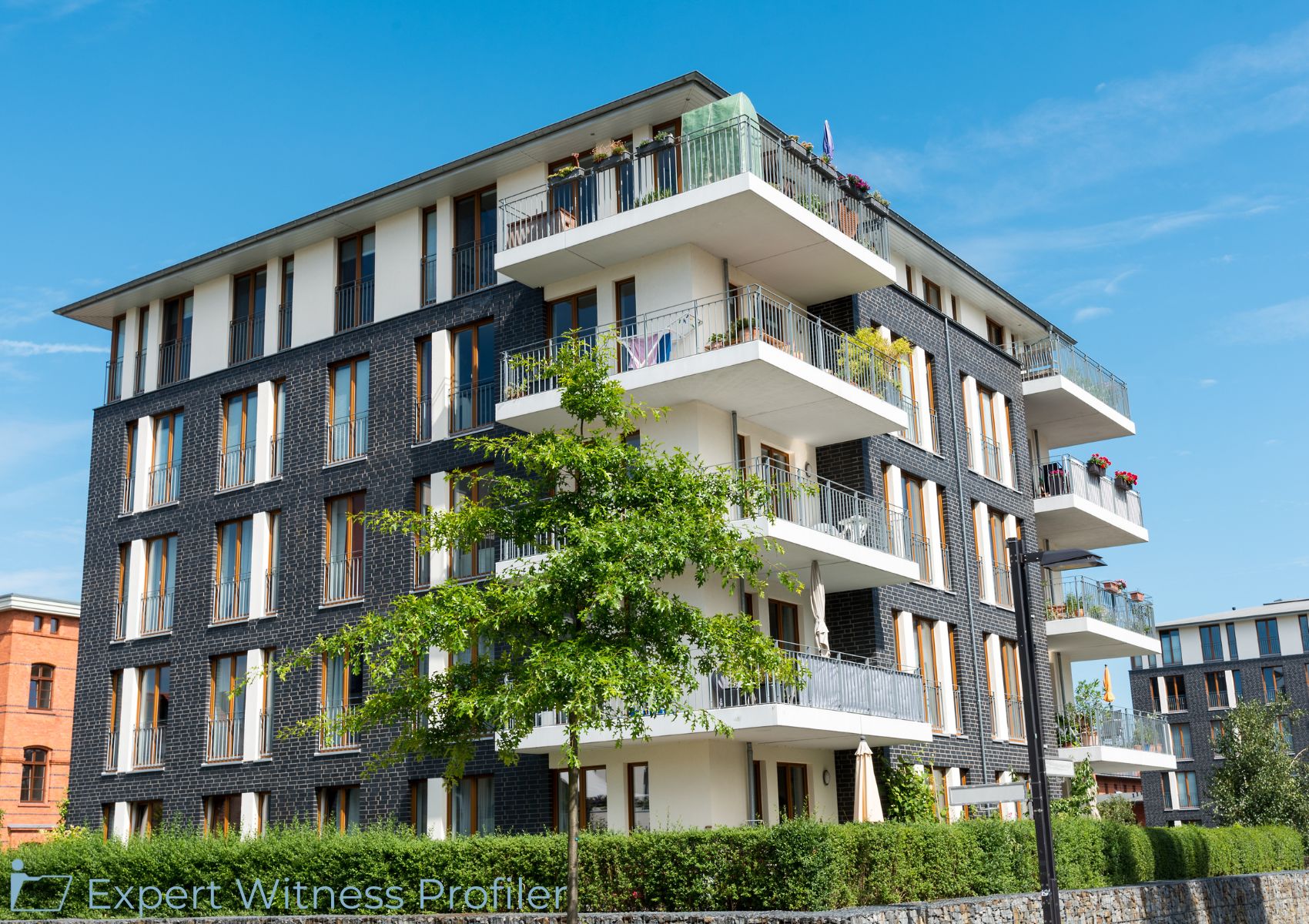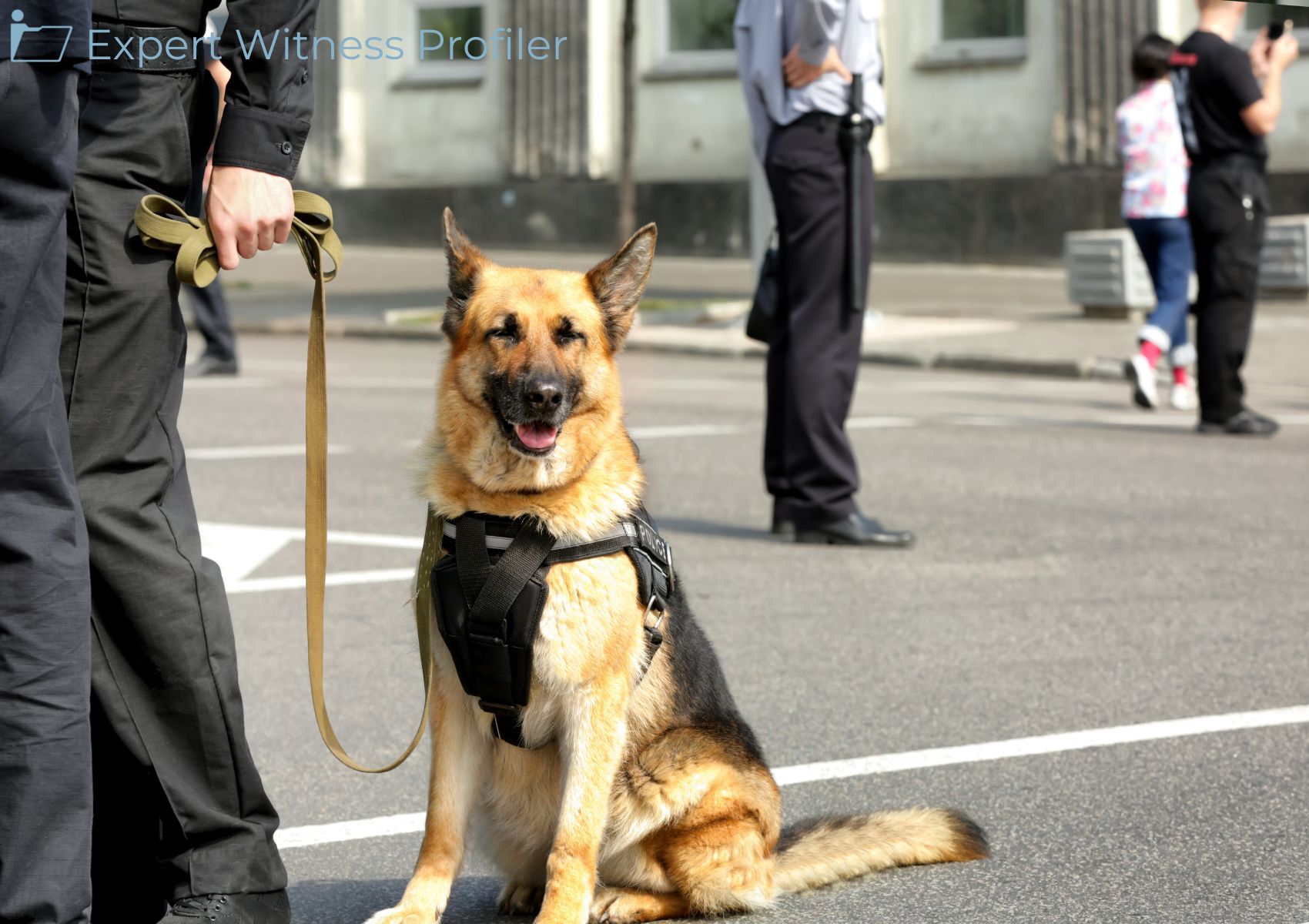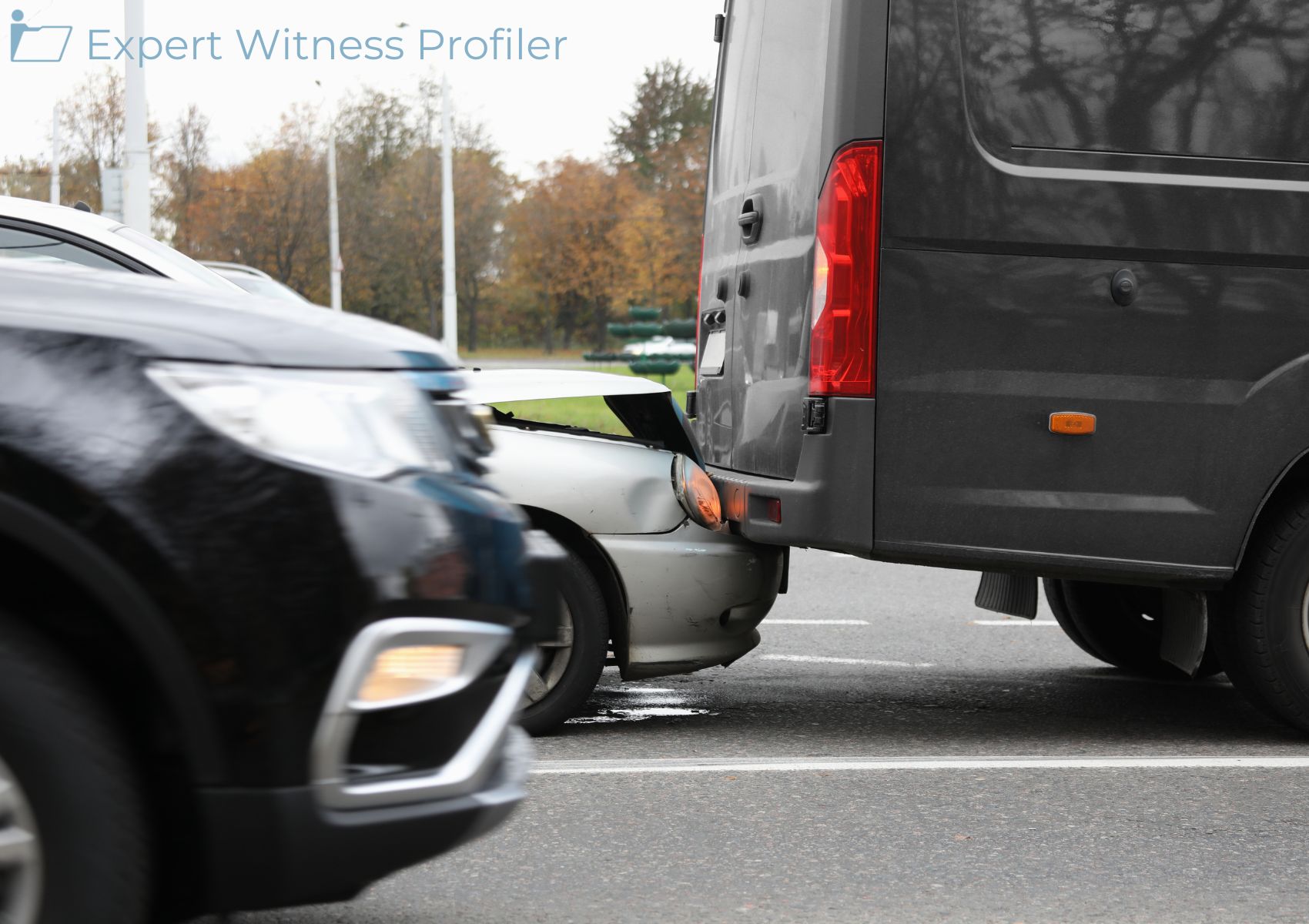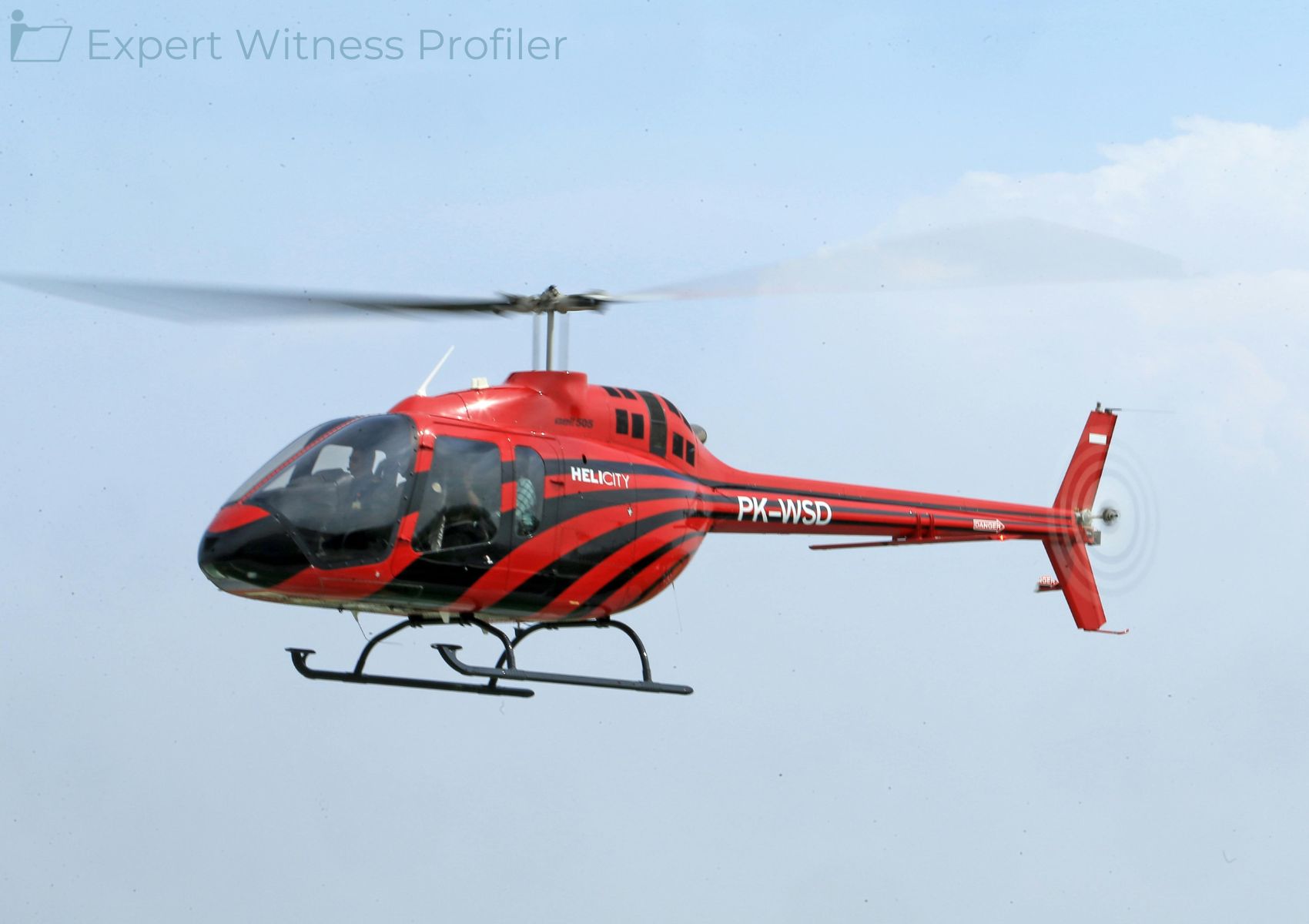Industrial Hygiene Expert’s Testimony on Increased Exposure to PCBs Admitted
Posted on October 27, 2025 by Expert Witness Profiler
Plaintiffs Josepha Austin, Robin Cruz, Gordana Pobric, and Jennifer Haselman brought this action claiming physical, cognitive, and emotional harm resulting from their exposure to polychlorinated biphenyls (“PCBs”).
Defendants Monsanto Company, Bayer CropScience, L.P., Solutia, Inc., and Pharmacia L.L.C. (collectively “Monsanto”) filed a motion to exclude the testimony of Kevin Coghlan.
Plaintiffs intended to call Coghlan to testify as an expert about PCB levels at Burlington High School.
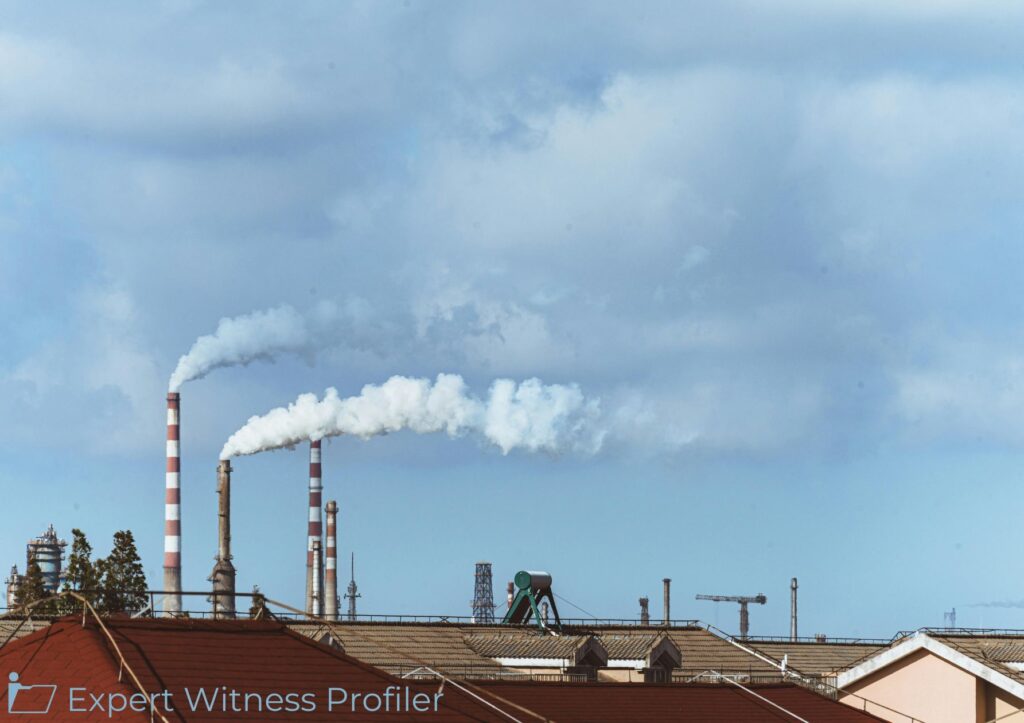
Industrial Hygiene Expert Witness
Kevin Coghlan is an industrial hygienist with 35 years of experience assessing environmental issues in workplaces. That experience has included work with PCBs.
He has personally been involved in, or directed, over thirty projects involving the identification, assessment, remediation, risk assessment, and mitigation of PCBs.
Discussion by the Court
Plaintiffs were exposed to PCBs while at Burlington High School in Burlington, Vermont, and have suffered adverse consequences as a result. Plaintiffs have retained Coghlan as an expert to testify about their indoor exposure to PCBs at the high school.
In this case, Coghlan reviewed test results gathered by Fuss & O’Neill (“F&O”), the Burlington School District’s environmental consultant. Those tests reportedly revealed PCBs “above the Screening Level of 15 nanograms per cubic meter (ng/m3) established by the Vermont Department of Health (VTDH).
Based on his review of the available data, Coghlan concluded that Plaintiffs were exposed to PCB levels that approached or exceeded the Vermont School Action Level for adults, and in some cases exceeded the higher threshold Vermont Immediate Action Level, as well as the EPA’s Evaluation Level for adults.
Analysis
Incomplete Sampling Data
Monsanto argued that Coghlan’s methodology was flawed because the sampling data he used was allegedly incomplete. An expert report submitted by Monsanto states that the air sampling locations chosen by F&O “were selected based on potential worst-case air concentration scenarios (i.e. locations were based on rooms with or adjacent to rooms with building components containing >50 mg/kg PCBs).” Monsanto thus claimed that the samples were non-random and likely overstated the PCB air concentration in any given building.
Plaintiffs conceded that F&O’s testing was performed to address concerns about existing PCB levels. They also noted that the testing was conducted in consultation with the EPA Region 1 PCB Coordinator, the Vermont Department of Health, and the Vermont Department of Conservation. While coordination with those agencies dispels any concern about intentional sampling bias, the method of sampling (collecting samples near known sources of PCBs) did suggest that the results might overstate the level of contamination. That possibility, however, can be raised and explored during cross-examination, and went to the weight of Coghlan’s testimony rather than its reliability.
Use of Data Samples
Monsanto next criticized Coghlan’s use of data samples to extrapolate values for entire buildings. Monsanto argued that, for example, there is no evidence that Plaintiff Austin spent any time in the rooms where PCB levels were measured.
Plaintiffs submitted that the practice of averaging PCB concentrations within a school is endorsed by the EPA, which itself has conducted building studies employing averages and medians. Plaintiffs also contend that there is no mandatory guidance for “a certain amount or location of air or dust sampling” in school buildings. While Monsanto and its experts may argue that the use of averages is not adequate to prove individual exposure levels, those arguments again concerned to the weight of Coghlan’s analysis rather than its admissibility.
Body Burden of PCBs
Monsanto’s final issue is that Coghlan’s report discusses “body burden” of PCBs resulting from exposure but offers no “body burden” calculations. Monsanto also contended that Coghlan, as an industrial hygienist, lacked the expertise to offer any “body burden” opinions. It appeared from Coghlan’s report, however, that he is using the term “body burden” in a nontechnical way. As Monsanto pointed out, Coghlan offered no calculations of either dose or impact. His report instead made the assertion that increased exposure to PCBs could heighten a person’s chances of being negatively impacted. The Court held that Coghlan is qualified to make that assertion, and Monsanto will be allowed to question the extent of his knowledge, and the limitations of his opinion, with respect to PCB “body burden.”
Held
The Court denied the Defendants’ motion to exclude the testimony of Kevin Coghlan.
Key Takeaway:
Monsanto is critical of Coghlan’s methodologies and data. Monsanto noted that for the individual assessments, Coghlan used building averages rather than results from the rooms in which Plaintiffs actually spent their time. Also, Monsanto submitted that F&O tested areas where there were already concerns about PCB levels, thus rendering the testing non-random and unrepresentative of PCB levels generally. Finally, Monsanto argued that Coghlan is not a toxicologist and is therefore not qualified to testify about PCB “body burden.”
However, the data is representative of their PCB exposures and Coghlan’s use of the term “body burden” is merely referencing the level of contact with PCBs. In other words, Monsanto’s criticisms pertain to the weight of Coghlan’s conclusions rather than their admissibility.
Case Details:
| Case Caption: | Austin V. Monsanto Co. |
| Docket Number: | 2:23cv272 |
| Court Name: | United States District Court for the District of Vermont |
| Order Date: | October 24, 2025 |

